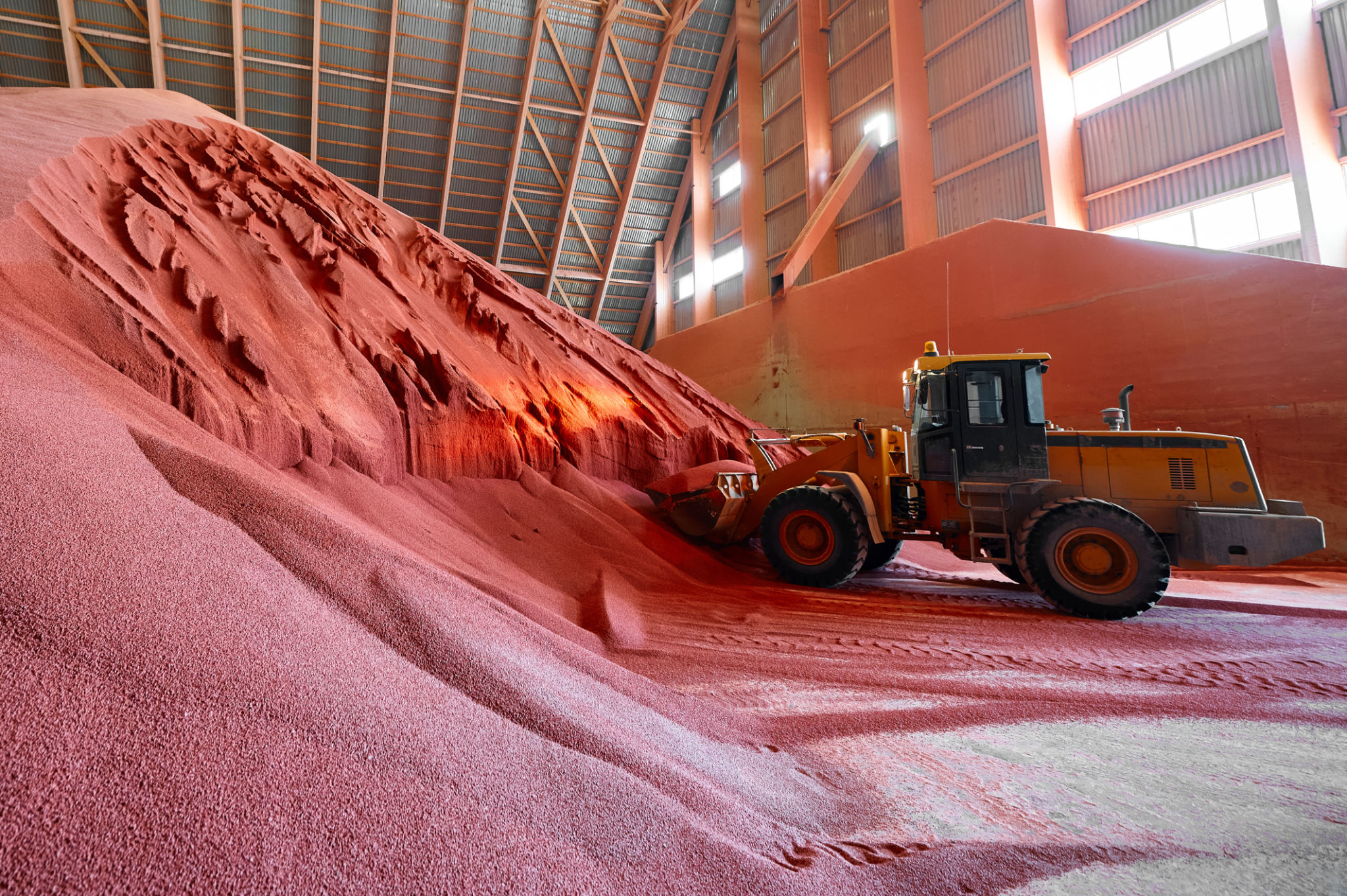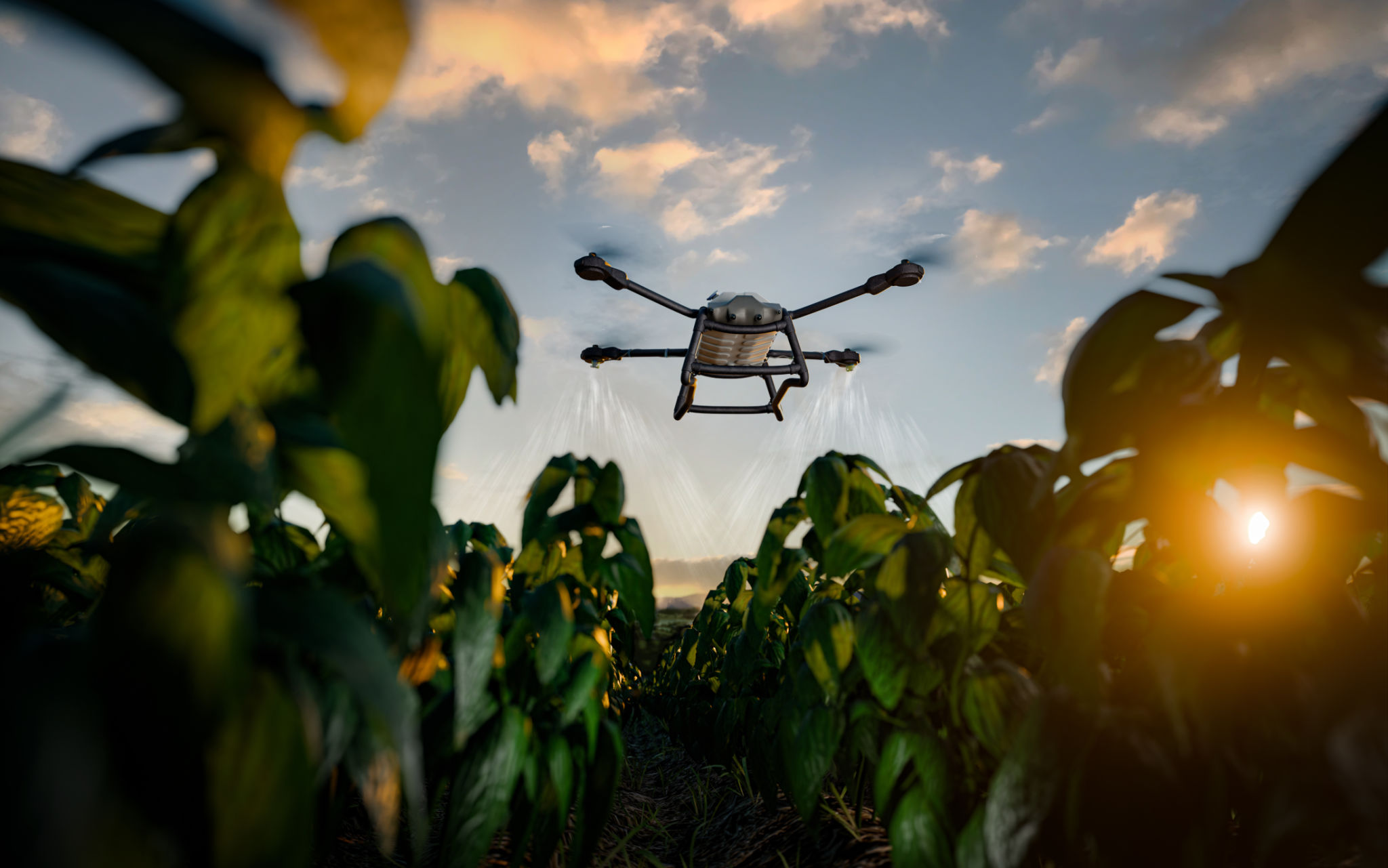Seasonal Guide: Preparing for Fertilizer Demand in European Markets
Understanding Seasonal Fertilizer Demand
Navigating the complexities of fertilizer demand in European markets requires a keen understanding of seasonal influences. As agricultural cycles shift with the seasons, so too does the demand for different types of fertilizers. This guide aims to equip producers, suppliers, and retailers with the insights needed to anticipate and meet these demands effectively.

Key Seasonal Trends
In Europe, the demand for fertilizers typically peaks during the spring and autumn seasons. Spring is a critical time as farmers prepare their fields for planting, necessitating an increased supply of nitrogen-rich fertilizers to boost initial plant growth. Conversely, autumn sees a rise in demand for phosphorus and potassium fertilizers, which strengthen plant roots and enhance winter hardiness.
To capitalize on these trends, businesses should consider conducting thorough market analyses to predict fluctuations in demand and adjust their inventory accordingly. Engaging with local agricultural experts can provide invaluable insights into specific regional variations within Europe.
Strategies for Meeting Demand
To effectively meet seasonal fertilizer demand, companies should consider implementing a few strategic approaches. Firstly, maintaining a flexible supply chain is essential. Collaborating with multiple suppliers can help ensure consistent product availability even during peak seasons.

Secondly, investing in storage facilities can mitigate the risk of stock shortages. By storing excess fertilizer during off-peak times, businesses can better respond to sudden spikes in demand. Additionally, offering incentives for early purchases can encourage customers to buy in advance, smoothing out demand fluctuations.
Leveraging Technology
Technology plays a crucial role in managing fertilizer demand efficiently. Utilizing data analytics can provide predictive insights into future market trends based on historical data and current conditions. This allows businesses to make informed decisions about production and distribution.
Moreover, digital platforms can enhance communication with customers, providing them with real-time information about product availability and delivery schedules. Implementing an e-commerce solution can also streamline the purchasing process, making it easier for customers to place orders quickly and efficiently.

Environmental Considerations
As awareness about sustainable agriculture grows, European markets are increasingly prioritizing environmentally friendly fertilizers. Businesses should explore eco-friendly alternatives and highlight these options to environmentally conscious consumers. Adopting sustainable practices not only meets consumer expectations but also aligns with evolving regulatory standards.
Furthermore, engaging in partnerships with environmental organizations can enhance a company's reputation and provide additional marketing opportunities.
Conclusion
Preparing for fertilizer demand in European markets involves a multifaceted approach that balances market trends, strategic planning, technological integration, and environmental responsibility. By staying informed and adaptable, businesses can successfully navigate seasonal fluctuations and build lasting relationships with their customers.
Ultimately, understanding and anticipating these demands ensures that companies remain competitive and responsive within the dynamic agricultural sector.
